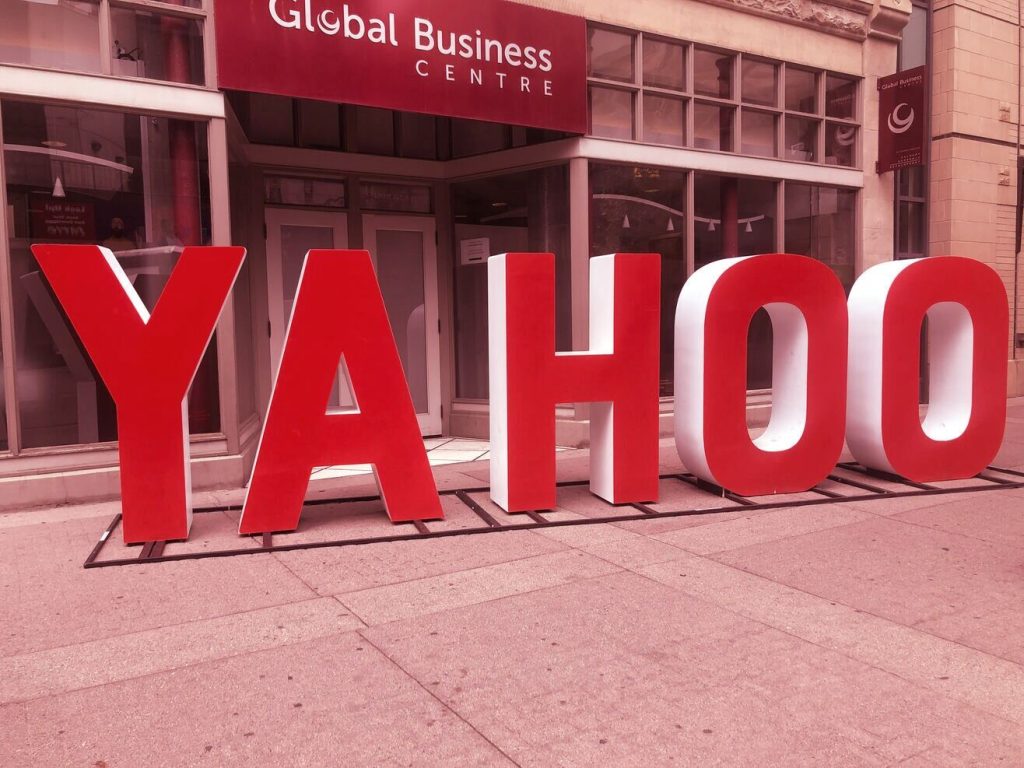In an era where our inboxes are battlegrounds against a barrage of spam and phishing attacks, big players like Google and Yahoo are gearing up to fortify the front lines. Brace yourself—come February, businesses risk having their customer emails rejected if they don’t step up their anti-impersonation game.
The Email Reckoning: Why Your Messages Could Be Blocked

Google’s filters already thwart a mind-boggling 15 billion spam emails every day. Now, Google and Yahoo are joining forces to tighten the screws on high-volume senders, targeting those who don’t embrace anti-spam measures. If your business is firing off over 5,000 messages daily, including newsletters or special offers, you might find your messages hitting an invisible wall.
Google’s Demands: A Crash Course in Email Security
Google isn’t playing games. They’re asking bulk email senders to authenticate their emails with a trio of acronyms: SPF (Sender Policy Framework), DKIM (Domain Keys Identified Mail), and DMARC (Domain-based Message Authentication, Reporting, and Conformance). Sounds like alphabet soup, but it boils down to making sure your emails are the real deal.
Why? Well, as basic as it sounds, identifying who an email is from can be a puzzle. The web’s a tangled mess of outdated systems, and cybercriminals thrive on the chaos.
But that’s not all. Google is flexing its email muscles, demanding one-click unsubscription, speedy processing of unsubscribe requests, and keeping spam rates in check. Why? To make sure our Gmail inboxes aren’t drowning in a sea of unwanted messages.
Yahoo Joins the Party: A Threat to Email Marketing Revenues

Yahoo’s not sitting this one out either. Their requirements echo Google’s, and together, they hold the reins to about 30% of the world’s emails. This isn’t just about thwarting cyber mischief; it could shake up the $16.7 billion email marketing industry. If your business relies on newsletters and email for marketing, now’s the time to pay attention.
Why DMARC Matters: A Shield Against Impersonation
Enter DMARC, a 10-year-old standard that’s like an invisible shield in the world of domain names and emails. It prevents cyber tricksters from playing with email headers to make phishing attempts look like the real deal. It’s not rocket science to implement, but here’s the kicker: many companies have given it the cold shoulder, fearing it might be a blunt instrument that could axe important emails. Talk about a catch-22.
Picture this: You open your inbox, and there it is—an email pretending to be the big boss, asking for cash or clicks. Without DMARC, it’s a cakewalk for cyber impostors.
The Clock is Ticking: What You Need to Do
Google and Yahoo are giving businesses a grace period, allowing them to assess their vulnerability to scammers and cybercriminals. One company spent nearly a year auditing its emails, only to discover a web of interconnected systems it hadn’t told IT about.
The journey to email security isn’t a sprint; it’s a marathon. By 2025, embracing DMARC REJECT policies might be the norm, and non-compliant companies could find their emails left out in the cold.
So, what’s the takeaway? Email providers are turning the security dial up, and it’s time for businesses to get on board. Think of it like upgrading from insecure HTTP to the secure HTTPS technology—it’s a transition that needs time and understanding.
In a world where phishing attacks lurk behind every click, email security isn’t just an IT issue; it’s everyone’s concern. It’s time to decode the alphabet soup of email security, embrace DMARC, and ensure your messages reach inboxes, not the spam graveyard. The future of email security is knocking—will you answer?


Join the Discussion